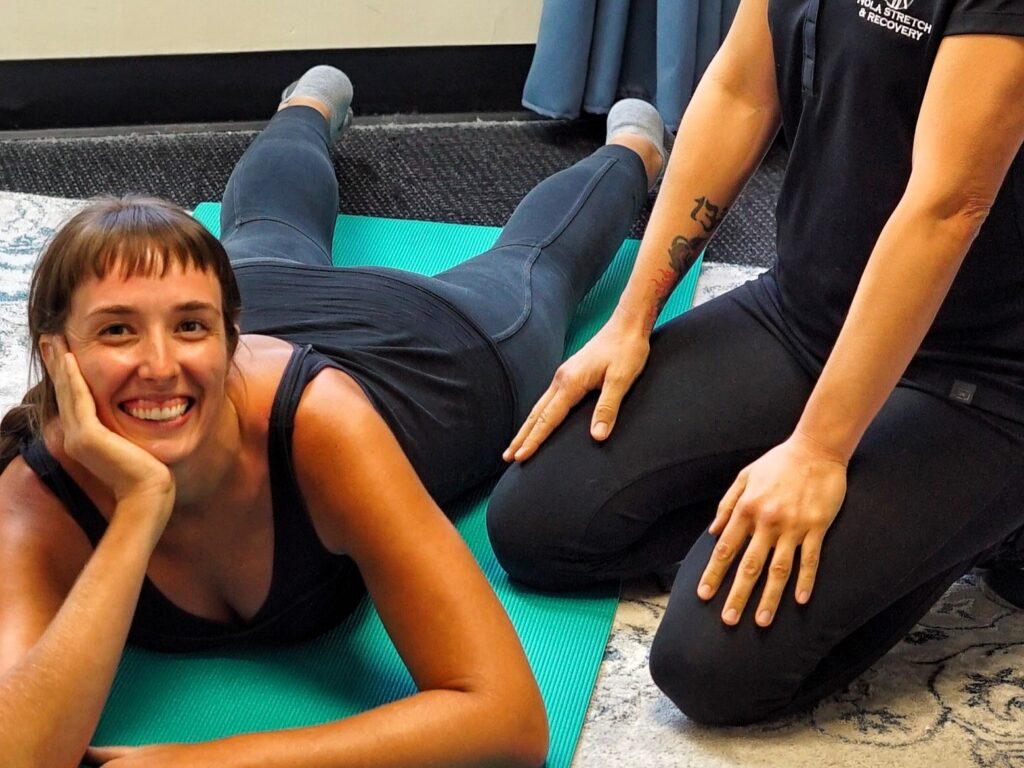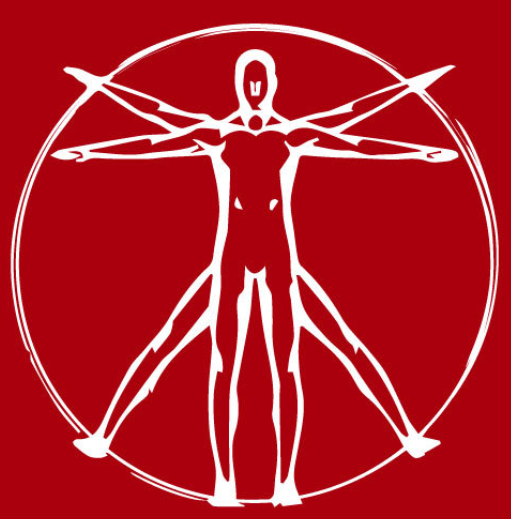Fascial Stretch Therapy (FST) is a unique blend of manual therapy and movement that is scientifically grounded. This therapy focuses on increasing the flexibility of connective tissues in the body, including joint capsules, ligaments, tendons, and the fascial netting that is found throughout the entire body. The techniques used in FST involve traction, oscillation, and movement to alleviate pain, prevent injury, and enhance the overall performance of the body.
What is Fascial Stretch Therapy?
Fascial Stretch Therapy (FST) is more than just another stretching technique; it’s a comprehensive system that combines manual therapy with movement science. The primary goal is to enhance the flexibility and mobility of connective tissues, including ligaments, tendons, and the fascial netting that surrounds muscles and organs. This is achieved through a series of targeted movements and stretches that involve traction, oscillation, and other techniques. The result is not just a more flexible body, but also a reduction in pain and an increase in overall physical performance.
Now, let’s delve into the numerous benefits that FST offers, which make it a worthwhile addition to anyone’s wellness routine.
The Benefits of Fascial Stretch Therapy
One of the most compelling reasons to consider FST is its wide range of benefits. From improving your flexibility to reducing stress, here’s what you can expect.
Improve Flexibility and Create Lasting Change
When it comes to improving flexibility, FST stands out for its effectiveness and long-lasting results. Unlike traditional stretching methods that focus solely on muscles, FST targets the fascia—the connective tissue that surrounds muscles, bones, and joints. This comprehensive approach ensures that the increased flexibility is not just a temporary change but a lasting improvement. Over time, this can lead to better mobility, fewer injuries, and an overall sense of well-being.
Improve Balance and Posture
If you’re struggling with balance or posture, FST can help. The therapy is designed to improve the body’s alignment and stability. This is especially beneficial for people who spend long hours sitting at a desk or have a sedentary lifestyle. Improved posture can also lead to other health benefits, such as reduced back pain and improved respiratory function.
Reeducate the Brain, Not Just the Body
One of the unique aspects of FST is its focus on neuromuscular reeducation. This means that the therapy doesn’t just stretch your body; it also teaches your brain new patterns of movement. This holistic approach ensures that the benefits extend beyond the physical to include psychological and emotional well-being. You’ll find that you move more efficiently, experience less pain, and even feel more relaxed and focused in your daily life.
Decrease Pain and Reduce Stress
Pain and stress are common ailments in today’s fast-paced world. FST offers a natural, non-invasive way to alleviate these issues. By focusing on the fascial network and nervous system, FST can significantly reduce pain and induce a state of relaxation. This is particularly beneficial for people suffering from chronic pain conditions or high levels of stress, offering a therapeutic avenue that complements traditional medical treatments.
For Athletes: Train Harder and Recover Faster
Athletes, whether amateur or professional, are always looking for ways to improve performance and speed up recovery. FST offers a targeted approach to athletic performance enhancement. By improving flexibility, reducing the risk of injury, and speeding up recovery times, athletes can train harder and perform better. This makes FST an invaluable tool in any athlete’s training regimen.

How Often Should You Opt for Fascial Stretch Therapy?
If you’re considering making FST a regular part of your wellness routine, you might be wondering about the frequency of sessions. For those looking for substantial changes in flexibility and other benefits, weekly sessions for a period of 4-6 weeks are generally recommended. After this intensive period, you can transition to maintenance sessions to sustain the gains you’ve made. Many clients report feeling lighter, taller, and more agile after a series of FST sessions, affirming its long-term benefits.
The Process: What to Expect During a Session
An FST session is unlike any other therapy session you may have experienced. Conducted by a Certified Fascial Stretch Therapy Practitioner, the session takes place on a specialized treatment table designed for the therapy. The practitioner will guide you through a series of stretches and movements, all while ensuring that you are comfortable and pain-free. Communication between you and the practitioner is encouraged to make the session as effective as possible. The end goal is to leave you feeling rejuvenated, flexible, and pain-free.
Conclusion
Incorporating Fascial Stretch Therapy into your wellness routine can offer a multitude of benefits, from improved flexibility and balance to decreased pain and stress. Whether you’re an athlete or someone simply looking to improve your quality of life, FST can be a valuable addition. Schedule a session now at Nola Stretch or contact us for more information. We specialize in helping people get out of pain, move easier, recover from injury, and perform better using a blend of science and art





